The A95 runs south from Munich for about 10 miles before it becomes derestricted. It isn’t one of Germany’s grandest or busiest autobahns – not at mid-morning on a weekday, at any rate, because it arrows straight into the foothills of the Austrian Alps – and southern Germany heads there mostly at the weekends.
So for the rest of the week outside of rush hour, the A95’s two lanes are pleasingly light on traffic and ideal for gathering your first impressions of a brand-new German sports saloon such as the near-£40k, 322bhp BMW 340i.
Cars like this quickly find their niche on the autobahn. Powerplants that might otherwise seem profligate can suddenly bring their talents to bear. Rolling chassis and steering systems tuned to reassure with their high-speed stability and unwavering body control make short work of going fast.
And partly because Germany’s roads are so good, but at least equally because its cars are so well suited to them, you wonder for a little while why any other civilised country in the world should need such an antiquated, anti-libertarian thing as a national speed limit.
So it is with the 340i, right down to an unexpectedly detailed level. The fact is that you needn’t even have noticed the all-important road sign with which Germany marks the beginning of a derestricted stretch of motorway when driving this car. Just flick your gaze down to the 3 Series’ head-up display, where its speed limit recognition system conveniently repeats the last posted limit you passed. If it’s a white circle with a black diagonal bar running through it, you’re cleared for Mach 2. Easy-peasy, pedal-squeezy.
Read the full Jaguar XE review
But hang on. The new 3 Series isn’t alone in its ability to gel perfectly with the roads and surroundings where it was born and bred. On the narrower, curvier, more undulating A-roads and B-roads of the English Midlands, a near-£45k, 335bhp Jaguar XE S can do it, too, albeit in a very different way: with greater directional agility and poise, tuned to come to the fore at a slower but no less demanding ground-covering stride, in among hedges that are closer and higher, corners that are tighter, and with your line of sight rarely as clear as on Germany’s multi-laners.
New cars, like people, are at least in part a product of their environment. It’s inevitable. But what happens when you put such differently influenced products together? Which one asserts itself? To butcher Jack Nicholson’s Boston-drawled opening line from The Departed: which can make that new adversarial environment a product of it?
Well, first you’ve got to do it. And if you want the latest 3 Series, you have to go a fairly long way to do it, because the BMW has only just been launched to the international press in Munich.
So you bundle a willing volunteer into Jaguar’s equally new XE and send him off towards the Channel Tunnel while you get on a plane. You aim for neutral ground: in this test’s case, an idyllic stretch of mountain road called the Namlos Pass, not far over the Austrian border.And when you get there, you prepare for the start of an automotive rivalry that could run and run – the most telling gauge yet of whether Gaydon has got it right with its most important new saloon car in decades.
Stand by, then, for England versus Germany; new pretender versus old master; £2 billion of recent investment versus 40 years of experience in making what has consistently been the best compact executive saloon in the world.
BMW's fightback
You’re probably reading this twin test in advance of any first drive impressions about the 340i. There has been very little written about BMW’s facelifted 3 Series so far compared with the reams and reams we’ve published on the XE. So let’s redress that a bit.
After three years at the top of our road test rankings, Munich’s fleet-market standard-bearer has only very recently been deposed from Autocar’s number one spot. However, the facelifted 3 Series has several new engines and new gearboxes, significantly overhauled suspension and a richer interior, as well as a few exterior styling tweaks and specification improvements.
Among the biggest and best news is that, at the base of the range, BMW’s excellent 134bhp 1.5-litre three-cylinder turbo petrol engine has been adopted by the new 318i, giving the market an affordable low-CO2 petrol derivative with, at least in principle, an added dose of driver appeal.
Higher up the pyramid, the all-important 320d gets the power hike (to 188bhp) that its various sibling models have been showing these past 12 months, and the four-cylinder turbo petrol 328i is replaced by a new four-cylinder 248bhp 330i. Except for some new transmission features, the 330d and 335d headline turbodiesel models carry on largely unchanged in terms of powertrain.
The flagship petrol model (leaving the M3 to one side) is now this even more indiscreetly monikered 340i. It’s the first BMW to use the firm’s latest twin-scroll turbocharged 3.0-litre straight six and it enjoys output improvements of 20bhp (to 322bhp) and 37lb ft over the outgoing 335i.
That seems to put it at a slight disadvantage to the XE S, whose F-Type-hailing 3.0-litre supercharged V6 produces 335bhp. But let’s not fail to take torque into account – specifically, the spread of it. Both cars make a peak 332lb ft, but you’ll need 4500rpm on the rev counter in the Jaguar to conjure it up. In the BMW, you get it from an unbelievably low 1380rpm.
Read the full BMW 3 Series review
BMW has also done pretty much all it can, without making heinously expensive changes to the 3 Series’ body-in-white, to update the car’s suspension and refine its ride and handling. The suspension is now mounted to the body in five places, up from three, making it more rigid, more robust and better at supporting the car’s weight.
This has allowed BMW to apply stiffer springing to the car, it claims, without damaging comfort and refinement. It has had to strengthen the suspension arms to do that, of course – all of which is mass that needs controlling. So new twin-tube dampers are fitted as standard, with computer-controlled adaptive dampin g remaining an option. Active-ratio Variable Sport Steering is also an option. Our 340i had both options fitted.
In some ways, the XE S matches the BMW’s specification. In others, it’s engineered to better it. Get past the lightweight aluminium body and you’ll find an all-independent suspension set-up with adaptive dampers as standard (an option on the 340i), an eight-speed automatic gearbox (also a cost option for the BMW) and a torque vectoring system.
But Jaguar claims that the combination of double-wishbone front and integral-link rear suspension offers superior wheel location and camber control to the BMW’s, as well as better grip and ride tuning. We’ll see how apparent those claimed advantages are.
The cars are within 50kg of each other on overall kerb weight, and an identical 5.1sec sprint from 0-62mph is claimed for both.
Show us your muscles
There are plenty of places to stretch the legs of cars like these on the two-hour run between Munich and the Austrian border. Plenty of occasions to use every bit of available muscle and operating rev range, and plenty of times when you’ll be rewarded for sticking with the time-honoured mechanical template for a sports saloon: a six-cylinder petrol engine and an adaptable, quick-witted automatic gearbox.
In most meaningful ways, the 340i’s engine and gearbox are better than the XE S’s. The Jaguar’s engine is no liability, mind you – and in some less crucial ways it has the edge.
The pair’s gearboxes are the same: ZF’s eight-speed torque converter auto, somewhat differently tuned, no doubt. Both shift ratios smartly in manual mode and intelligently in ‘D’. Both allow you to drop two or even three gears in one change.
But the BMW’s straight six is that much more muscular in the lower half of the rev range and still the more forceful of the two above 5000rpm that you can’t deny it an early lead in this contest. Having all that torque from below 1500rpm – which is, in effect, from zip in real-world use – makes the car feel significantly quicker than the XE S in any given set of circumstances.
The 340i’s engine is probably the car’s outstanding selling point. It’s elastic, smooth and free-revving – all the things that great BMW sixes have traded on for decades. It’s frugal, too. Modern turbocharging technology is now much more economical than supercharging, and the difference between the cars on that score is plain. The 340i will return indicated fuel economy in the high 30s to the gallon all day long, whereas the XE S struggles to top 30mpg – even when you’re stroking it along conservatively.
But the Jaguar’s V6 has more rousing tonality. There’s slightly less outright performance, yes, but still plenty in isolation. With its low-level supercharger whine and building power delivery, the XE S’s motor growls and warbles and worms its way under your skin. After a day or so at the wheel, you’d forgive it the rather un-21st-century fuel economy, because it’s got soul. The 340i’s demands huge respect, but it could do with a bit more intangible allure.
Next: the mountain pass
So far, so evident the difficulty of the task before Jaguar’s executive debutant. But everything we’ve covered thus far can be established long before you run out of continent-crossing main arterial roads on your way south through the Oberbayern district and begin to climb up onto a more testing, higher-altitude stage.
To learn more, you need corners: second-gear hairpins, fiddly cambered sequences of twists and faster, open, sweeping bends with crests and bumps and changing gradients all thrown in. The Namlos Pass has them all.
And here, over a few hours, you realise that what you imagined would be a close-run contest between two of the best-handling four-doors of the moment isn’t quite so close at all. One of these cars has perfect cornering balance, a nuanced and fluent ride and beautifully consistent steering. It has sporting poise baked into its every move. The other car feels heavy on its front wheels, reluctant to turn in, difficult to guide down the road as precisely as you’d like and, although very stable, peculiarly straight-laced.
Our ‘other one’ is the BMW, which, by this tester’s estimation and albeit on the evidence of this first test only, has some improving to do before it’s even at the dynamic level of its predecessor, never mind back at the top of the class.
Before we get stuck in, there’s a certain amount of couching that must go on here, and it’ll prevent us from being too critical of the new 3 Series at this early stage. We know, for example, that the bigger-engined, bigger-wheeled examples of the BMW have historically handled a bit less sweetly than their lighter-nosed, skinnier-wheeled siblings.
We also know that modern BMWs are notoriously sensitive to the wrong optional specification. The 340i about which you’re reading has a Variable Sports Steering system that we’d have warned against fitting to the previous 3 Series. We are duty-bound to do the same again now, but it should come as no surprise.
It’s also true that our 340i test car was lent to us in lower-level Sport trim. UK-market 340is will all be M Sport trim with different wheels and tyres, although they’ll get the same chassis tune if you opt for adaptive damping.
Still, all this really proves is that road testing can be a tricky old game and that all you can do is compare the cars at your disposal – as they are, not as you’d like them to be. Doing that unquestionably casts the BMW in an unflattering light.
The 340i’s biggest and most recurrent problem is that steering. Like all ‘active’ variable-ratio systems, the BMW’s is designed to make the car feel more wieldy at lower speeds by making the steering gear more direct, only to do the opposite at higher speeds to the benefit of directional stability.
As evidenced earlier, it seems to work okay on the autobahn. But using such a system to tackle a mountain pass, corner by corner, is a bit like trying to hammer a nail home into a delicate setting – but blindfolded and, between every stroke, swapping your hammer for a new one of unknown size and weight. Steering wheels are just levers. With this one, you’re never quite sure how much leverage you’re going to get.
And that’s not the 340i’s only dynamic flaw. Contact-patch feedback is also too often sacrificed at the front wheels in a grab for extra directness and a flurry of additional power assistance. (That’ll be the steering again.) But just as you’ve little sense of what the front wheels are doing, BMW’s adaptive dampers also give you very little progressive feel for grip levels at the driven axle.
Grip isn’t as well balanced in the 340i as it might be anyway, with the handling more biased towards understeer than we’ve come to expect from BMW. But working out at what point grip will run out at the rear wheels, and what happens next, is nowhere near as involving or as benign a process as it should be.
The Jaguar could hardly provide a starker contrast. From the outset, it’s not immediately obvious which is the car’s biggest dynamic achievement. It could be its dexterous, silken- edged ride on 20in rims, which is brilliant. Equally, it could be the perfect marriage of rate of roll, as defined by the springing, to rate of yaw ascribed by its meaty, consistent steering, which is even better.
Or maybe it’s the uncommon purity of balance you get from those expertly judged grip levels, and the totally immersive adjustability of cornering line that results when you begin switching out the stability control in stages. Even now, I can’t decide. All have been engineered in at apparent painstaking effort, rather than commanded by customer feedback or marketing edict. All are the motive hallmarks of something truly outstanding.
And the winner is…
Well, well. You wouldn’t have bet on it, but the opening salvo has gone the XE’s way. You can argue that this isn’t the verdict that matters – that only at a later date, when a four-cylinder diesel facelifted 3 Series arrives on UK shores this autumn and squares up to its opposite number from Jaguar, will the real boss of the compact exec market become known.
Rest assured, that contest is coming. But for this tester, the XE won’t be starting it as an outside bet. Not any more. The Jaguar hasn’t just shaded this test; as a driver’s car, the XE S has put clear air between itself and a car that many – me included – imagined would present an insurmountable challenge.
And that’s not all it has done. Yet again, the XE has underlined its completeness. The 3 Series has a roomier cabin and boot, sure, but getting the cars together only proves how marginal the differences are. The 3 Series’ cabin quality probably beats the XE’s narrowly, but the Jaguar’s cockpit is the richer and more luxurious. The Jaguar is the car you’d rather spend time in, as well as the car you’d enjoy your time in more.
So it’s credible, soulful, usable, great looking – and dynamically superior. The XE has arrived. And what an entrance it’s making.
Read Autocar's previous comparison - Mercedes-AMG C63 versus BMW M3 and Vauxhall VXR8 GTS
Jaguar XE S
Price £44,865; Engine V6, 2995cc, supercharged, petrol; Power 335bhp at 6500rpm; Torque 332b ft at 4500rpm; Gearbox 8-spd automatic; Kerb weight 1665kg; 0-62mph 5.1sec; Top speed 155mph; Economy 34.9mpg (combined); CO2/tax band 194g/km/33%
BMW 340i Sport automatic
Price £39,505; Engine 6 cyls in line, 2998cc, turbocharged, petrol; Power 322bhp at 5500-6500rpm; Torque 332b ft at 1380-5000rpm; Gearbox 8-spd automatic; Kerb weight 1615kg; 0-62mph 5.1sec; Top speed 155mph; Economy 41.5mpg (combined); CO2/tax band 159g/km, 26%
Get the latest car news, reviews and galleries from Autocar direct to your inbox every week. Enter your email address below:

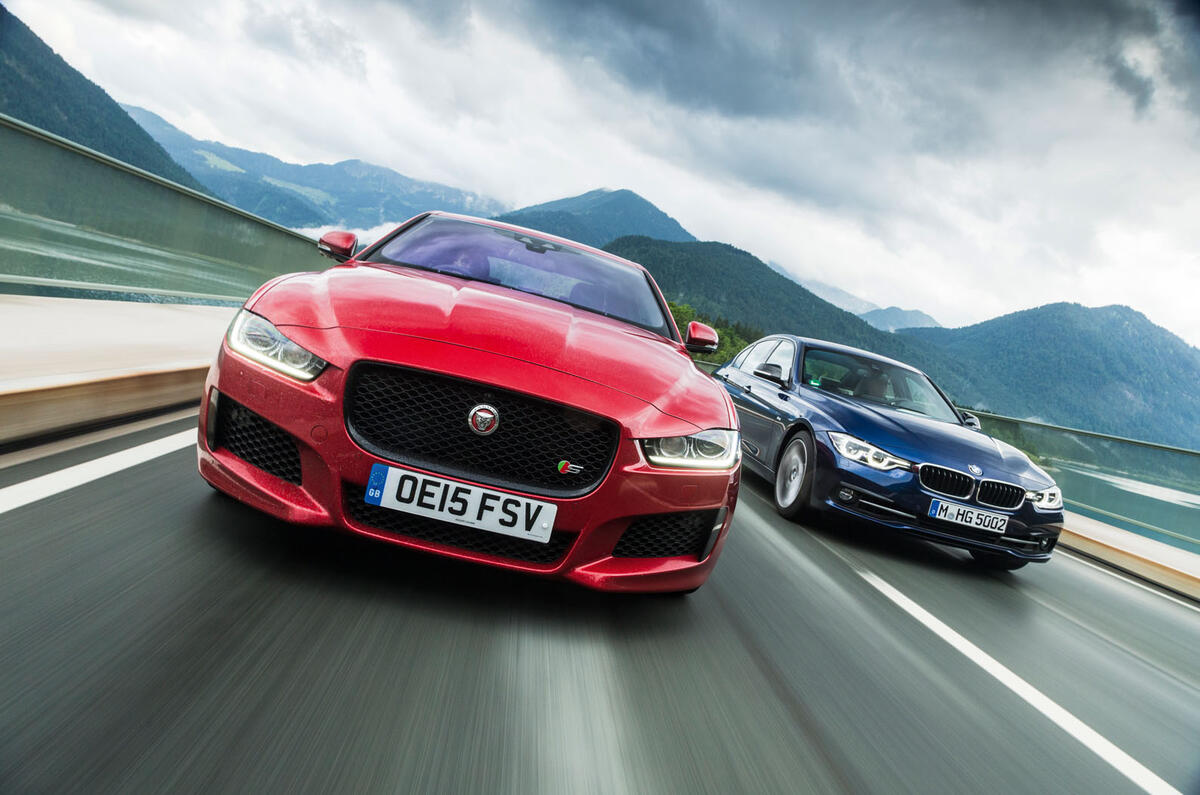

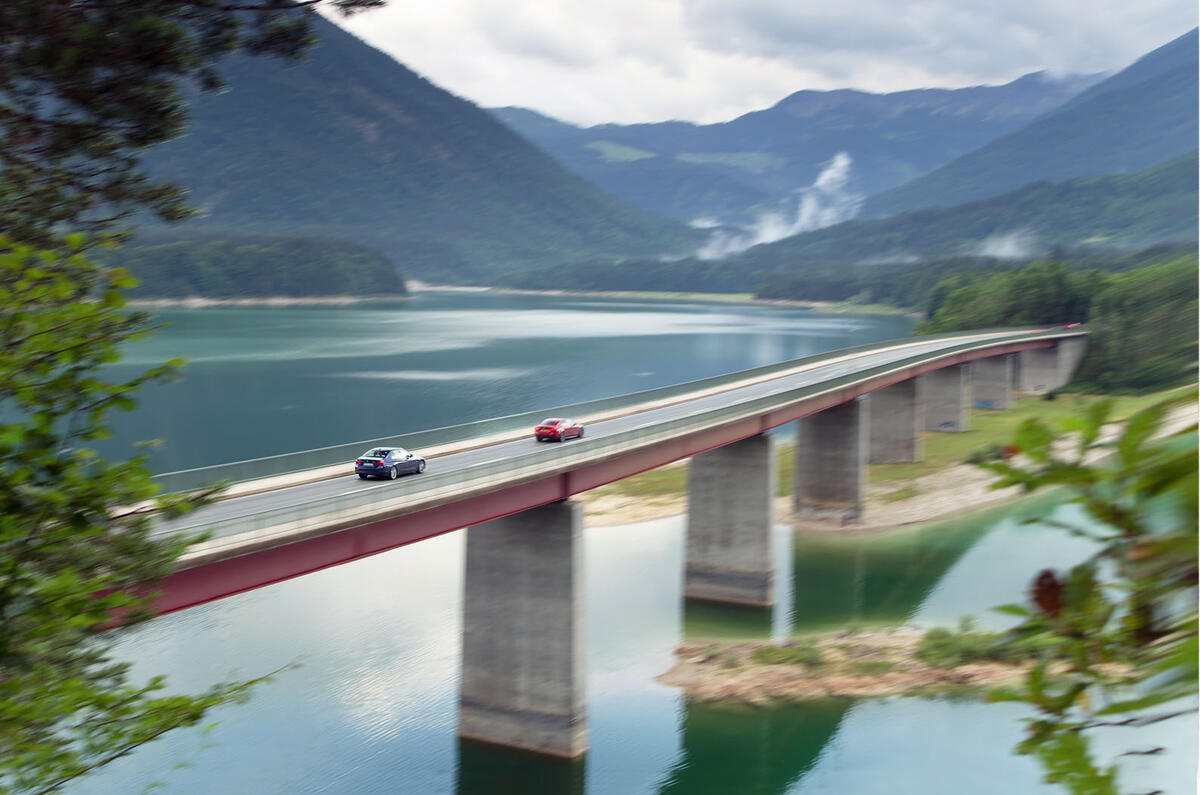






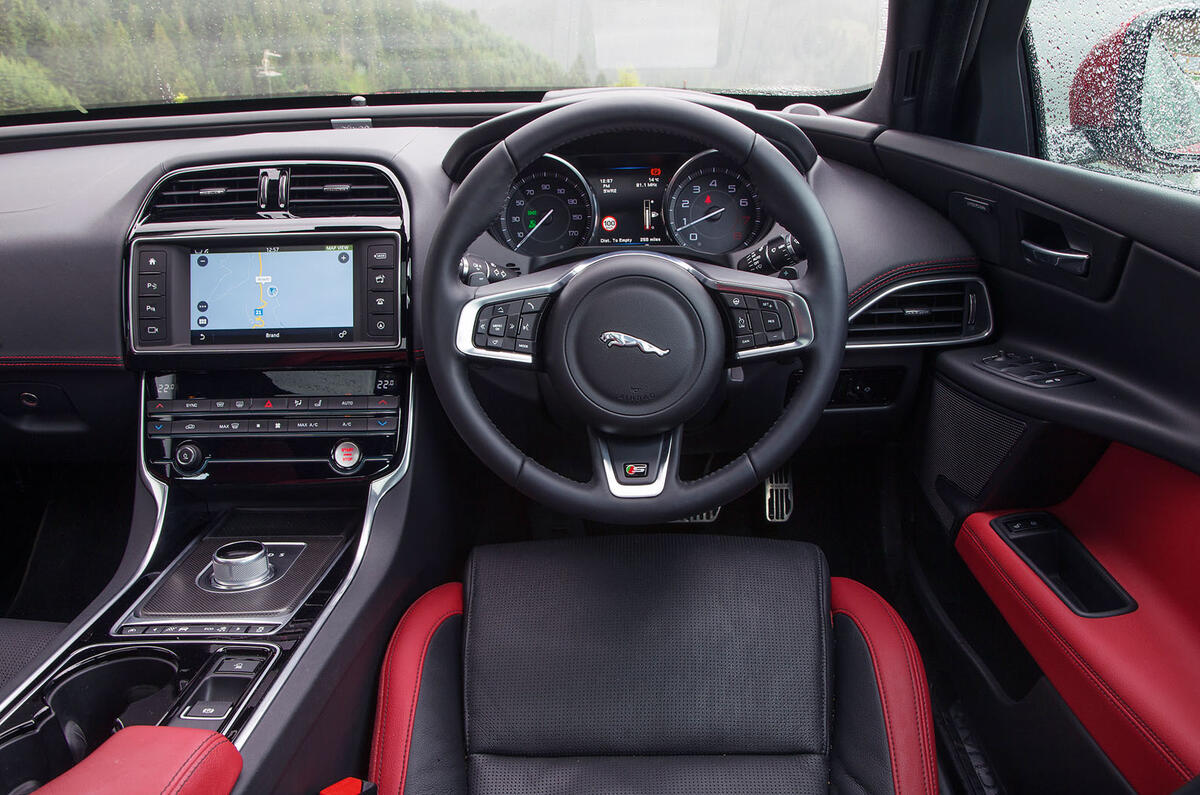







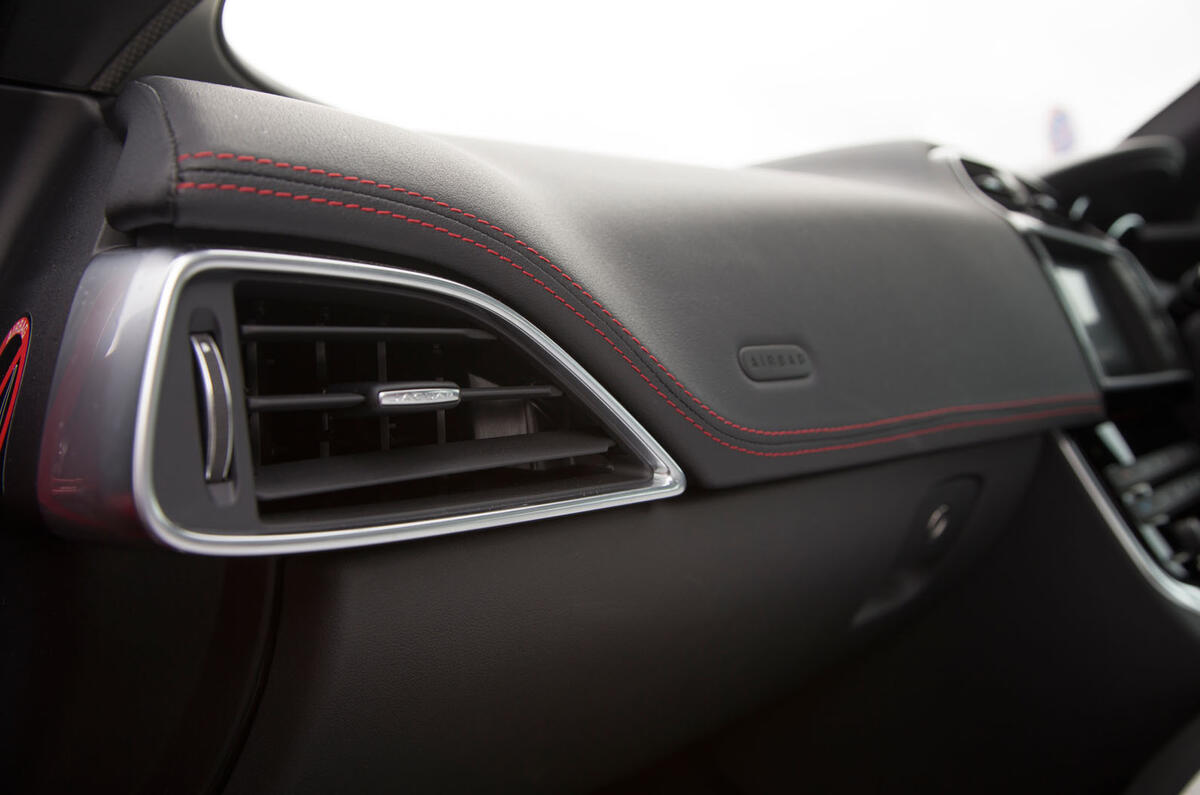


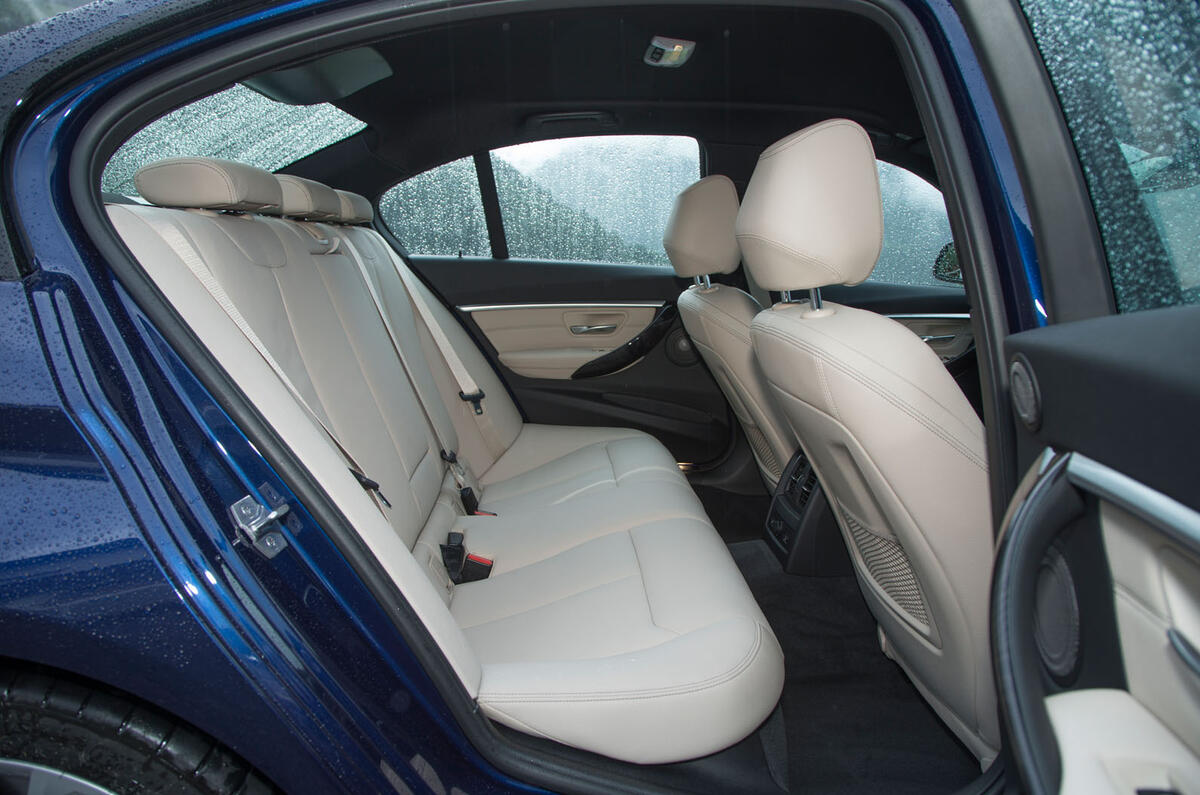







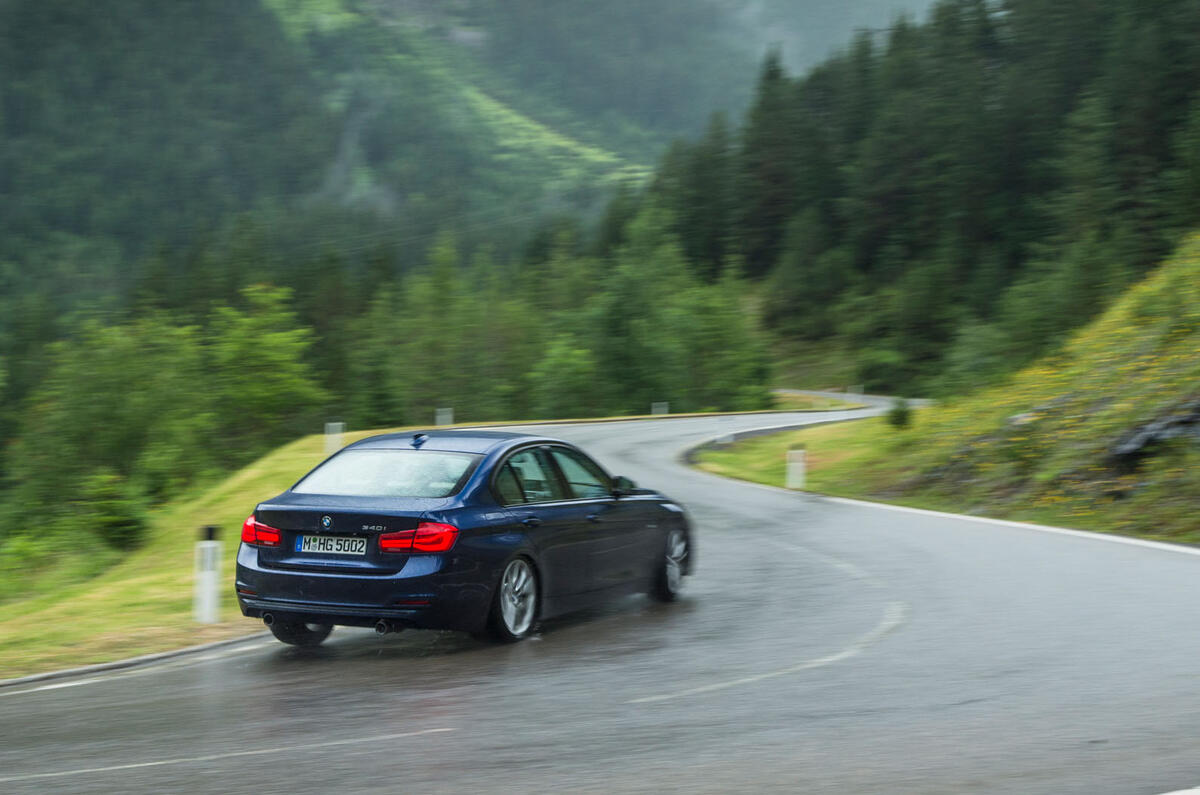










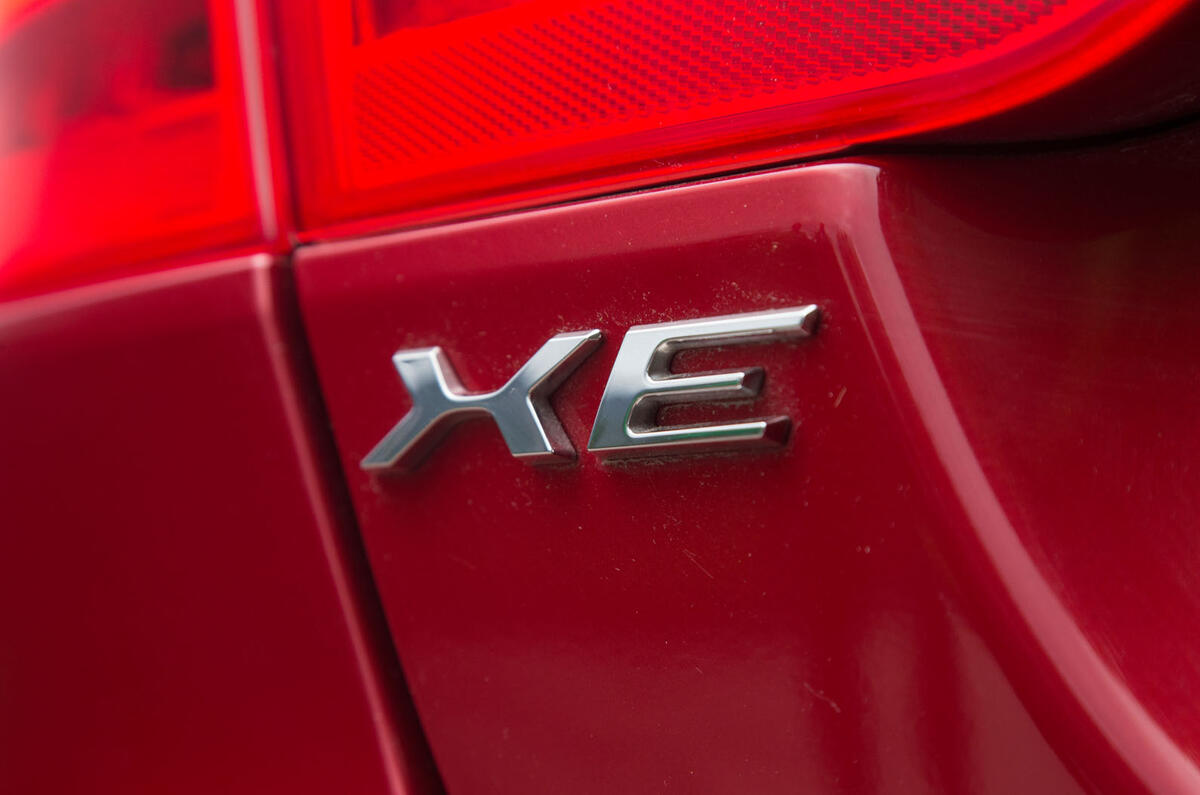


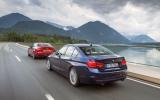








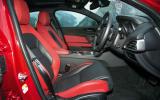












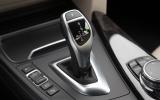










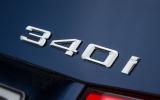



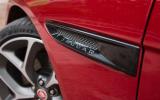








Join the debate
Add your comment
Jag XE
@bezor Ta
This is fun